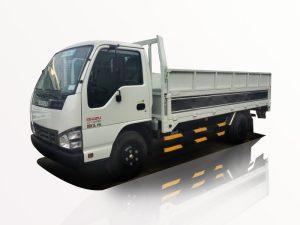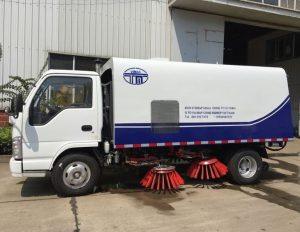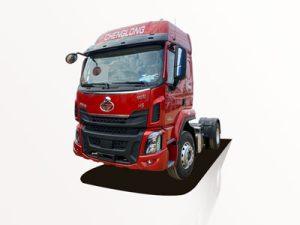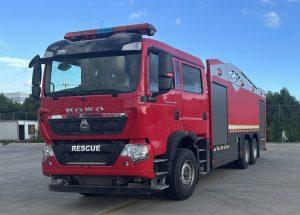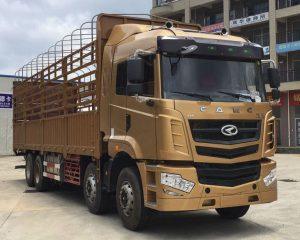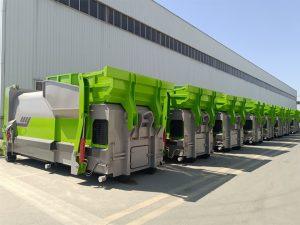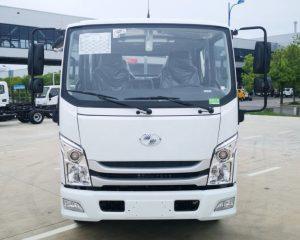Monday to Saturday - 8:00 -17:30
Crew Cab vs Double Cab vs Regular Cab: Understanding the Differences
Introduction
When it comes to choosing a pickup truck, understanding the different cab configurations is crucial. Among the most common options are crew cab, double cab, and regular cab. Each configuration has its unique features, advantages, and drawbacks, catering to specific needs and preferences of truck buyers. In this article, we will delve deep into the nuances of these cab styles, providing you with all the information you need to make an informed decision.
1. What is a Crew Cab?
A crew cab is designed to provide ample space for both passengers and cargo. Typically, it features four full-sized doors, seating for up to six people, and a larger rear seating area.
1.1 Design and Features
- Space: Generous legroom and headroom for rear passengers.
- Doors: Full-sized doors for easy access to both front and rear seats.
- Utility: Larger cargo area compared to regular cabs.
1.2 Pros and Cons
| Pros | Cons |
|---|---|
| Spacious and comfortable. | Heavier and may be less fuel-efficient. |
| Good for families or groups. | Can be more expensive. |
| Versatile for both work and leisure. | Larger size can make it difficult to park. |
2. What is a Double Cab?
The double cab is similar to the crew cab but typically features slightly smaller rear doors or less rear-seat space. It’s a good compromise between a crew cab and a regular cab.
2.1 Design and Features
- Seating: Often seats up to five passengers.
- Access: Smaller rear doors may make access to back seats less convenient.
- Dimensions: A good balance between passenger and cargo space.
2.2 Pros and Cons
| Pros | Cons |
|---|---|
| More affordable than crew cabs. | Less rear seat space than crew cabs. |
| Good for occasional backseat use. | Access to rear seats can be challenging. |
| Better fuel efficiency compared to crew cabs. | Limited cargo capacity compared to crew cabs. |
3. What is a Regular Cab?
The regular cab, or standard cab, is the most basic and compact option. It is designed purely for work purposes, with front seats only and minimal rear space.
3.1 Design and Features
- Seating: Seats typically only two to three passengers.
- Space: Limited cargo space compared to larger cabs.
- Weight: Generally lighter and more efficient for heavy-duty tasks.
3.2 Pros and Cons
| Pros | Cons |
|---|---|
| Most affordable option available. | Very limited passenger capacity. |
| Best fuel efficiency among cab types. | Less comfort for long-distance travel. |
| Better for heavy-duty work tasks. | No rear seat storage options. |
4. Choosing the Right Cab Type for Your Needs
Deciding on the right cab type depends on various factors such as your lifestyle, budget, and the primary purpose of the truck. Here are some tips to guide your decision:
4.1 Consider Your Space Needs
If you frequently travel with family or friends, a crew cab is ideal. For light usage of back seats, a double cab may suffice.
4.2 Evaluate Your Budget
Regular cabs are typically the most economical, while crew cabs offer more space and comfort, often at a higher price.
4.3 Assess Usage Scenarios
For work purposes, consider how much cargo space you need. If the truck is primarily for heavy-duty tasks, a regular cab may be the most practical choice. For versatile use, a crew cab or double cab is preferable.
4.4 Research Vehicle Models
Different manufacturers offer varied features and designs. It’s beneficial to read reviews and specifications of specific models to choose the best fit for your needs.
5. Popular Truck Models by Cab Type
5.1 Crew Cab Models
- Ford F-150 Crew Cab
- Chevrolet Silverado Crew Cab
- Ram 1500 Crew Cab
5.2 Double Cab Models
- Toyota Tacoma Double Cab
- Nissan Titan Double Cab
- GMC Canyon Double Cab
5.3 Regular Cab Models
- Ford F-250 Regular Cab
- Chevrolet Colorado Regular Cab
- Ram 2500 Regular Cab
6. Comparative Analysis: Crew Cab vs Double Cab vs Regular Cab
| Feature | Crew Cab | Double Cab | Regular Cab |
|---|---|---|---|
| Passenger Capacity | Up to 6 | Up to 5 | 2-3 |
| Door Type | 4 full-sized doors | 2 full-sized doors & 2 smaller rear doors | 2 standard doors |
| Cargo Space | Large | Moderate | Varies |
| Price | High | Moderate | Low |
| Fuel Efficiency | Lower | Moderate | Higher |
| Best for | Family and multiple passengers | Occasional back seat use | Utility and work tasks |
7. Safety and Best Practices for Each Cab Type
7.1 Safety Features to Consider
Before making a purchase, ensure the truck model comes equipped with modern safety features such as:
- Airbags
- Anti-lock brake systems (ABS)
- Stability control
7.2 Best Practices for Vehicle Maintenance
- Regular oil changes
- Periodic brake inspection
- Tire rotations and alignments
8. Frequently Asked Questions (FAQs)
8.1 What is the main difference between a double cab and a crew cab?
The primary difference lies in the size and access to rear seats. Crew cabs have larger rear doors and more passenger space than double cabs.
8.2 Is a crew cab worth the extra cost?
If you require more passenger space and comfort, particularly for family outings or group travel, the additional cost of a crew cab can be justified.
8.3 Which cab type offers the most cargo space?
Crew cabs generally offer the most cargo space, followed closely by double cabs, while regular cabs are more limited in cargo capacity due to their compact design.
8.4 Are regular cabs suitable for families?
Regular cabs are not ideal for families as they typically seat only 2-3 passengers, making them more suited for work and utility purposes.
8.5 Can I modify my cab type after purchase?
While modifications can be made, it’s often more practical to choose the correct cab type that fits your needs from the outset, as modifications may compromise safety and structural integrity.
8.6 What is the best cab type for towing and hauling?
Both crew cabs and regular cabs can be suitable for towing, depending on the truck’s overall specifications and capacities. However, regular cabs usually provide optimal weight distribution for heavy towing tasks.


